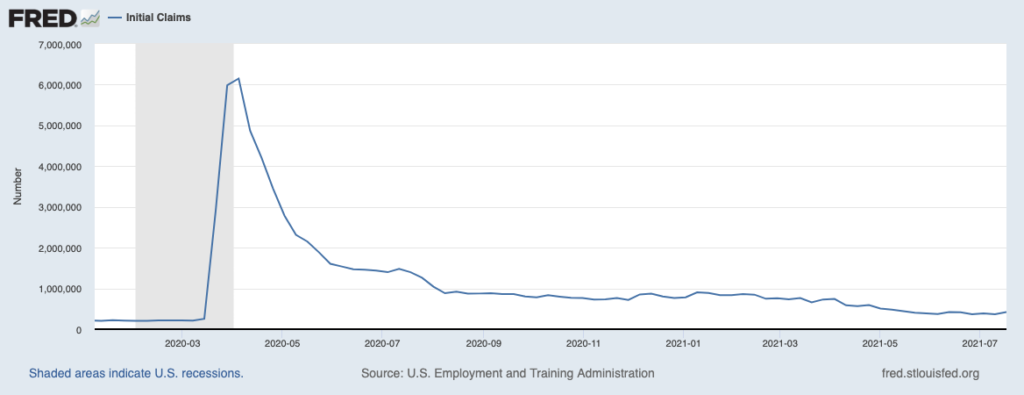While the most weather stressed growing regions in the United States have little to no improvements to look forward to in the near future, and torrential rains are wreaking havoc in both Europe and China, the action overnight in the grain and soy trade would seem to suggest that we have grown weary of trading on production matters. If that is premature or not, that would mean attention should shift to demand, and with the exception of wheat, the weekly export sales data are not going to provide much inspiration for the bulls.
We might as well begin with the best first, and for the week ending July 15th, we sold 473,200 MT or 17.4 million bushels of wheat. This was an 11% improvement over last week and 44% above the 4-week average. China was the top purchaser with 135.3k MT, followed by the Philippines, taking 122.8k, and then Mexico in for 118.4k. Old crop bean sales have remained in positive territory as we sold 62,000 MT or 2.28 million bushels. For the 2021/22 crop year, sales came in at 176,300 MT or 6.48 million bushels. 55% of these, or 97k MT, were to unknown destinations, Mexico bought 67.4k, and China picked up 6k. I would also point out that product sales were also light, with meal setting a marketing-year low. I saved the worst for last as for current crop year corn; we registered a negative 88,500 MT or 3.5 million bushels. To reach that number, we had a reduction from China of 160k MT. For the 2021/22 crop year, we sold a mere 47,700 MT or 1.9 million bushels. Japan was the best purchaser with 18k MT, followed by Honduras with 9.1k and then Mexico with 9k. The only other sales of note were in new crop cotton, and both beef and pork snapped back well. We sold 25,100 MT of beef, which was 63% above the 4-week average, and 24,500 MT of pork. The only mention of China in that latter category, though, was a reduction of 100 MT.
If equity and financial markets were feeling unsettled about the economic recovery, the latest weekly initial unemployment claims will do little to ease their minds. Economists were expecting a reduction of around 10,000, but in turn, the number jumped 51,000 high to 419,000 new claims. That is the highest figure we have seen in nine weeks. If you are scratching your head as to why we saw such a jump in light of the number of vacant jobs across the nation, you have plenty of company. Interestingly, the two states that witnessed the most significant jump in new claims were Texas, which ended the additional federal benefits a month ago, and Michigan, which has not ended the bonus but will, of course, come September.
Looking at the macros this morning, we have energies firm, metals are weak, financial instruments are a smidge higher, but appear to have lost upward momentum, and both the dollar and equities are soft.
